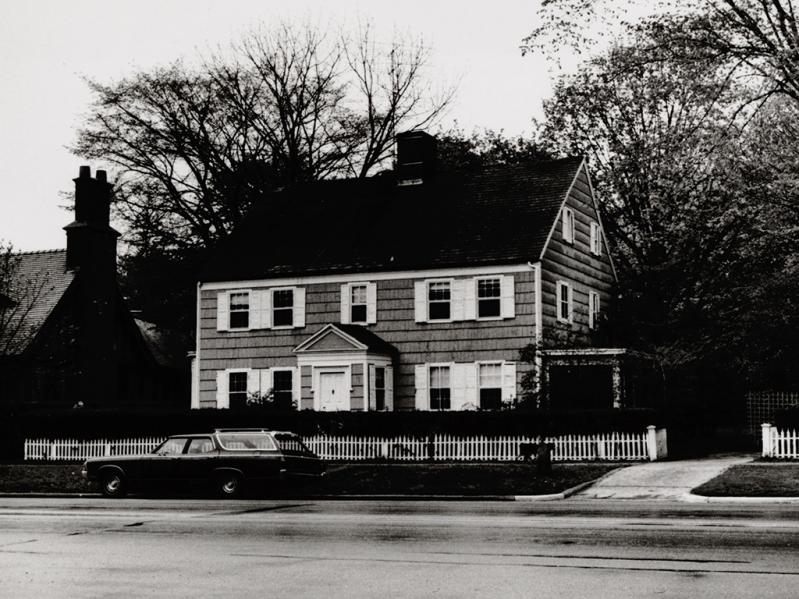My grandmother on my father’s side was born in East Hampton Town Hall. Well, not exactly, but rather in the house that makes up the core of town offices on Pantigo Road. With a new supervisor taking the corner office there, it seemed a good time to offer up a bit of its history.
I often wondered which room it was that Florence Huntting Edwards labored in as her daughter, Jeannette, arrived in 1893. The Purple House, as it was called for its shade of paint, which was just a bit beyond that of the rest of Main Street, stood between the Star office and the library and was owned by her father and mother at the time.
Dr. David Edwards, one of her uncles, had his first office in its parlor, opening his practice in 1901. I remember as a child finding a hypodermic needle there while snooping around the back door; I was highly shocked and ran to tell my father.
The house was built in about 1773 for a member of the Hedges family and stood until the 1970s where the East Hampton Library reference room is today. Two wings of the Purple House had been taken away some time earlier and turned into houses themselves, one on Church Street and the other on Gingerbread Lane.
The East Hampton Library formally acquired the Purple House in 1946 and leased it to a succession of mostly summer tenants after a $6,000 renovation. But it was not quite right for the library’s needs and required a great deal of upkeep.
In 1974, it was moved to Further Lane by Adelaide de Menil and her husband, Ted Carpenter. After selling the 40-acre Further Lane property for a record $103 million to Ronald S. Baron, the billionaire founder of Baron Capital, in about 2006, Ms. de Menil and Mr. Carpenter offered the house to the town. The gift came with several other old East Hampton buildings. Ms. de Menil funded most of the work to make a proper Town Hall out of them.
I was in the Town Clerk’s office recently and overheard two people also in line with me talking about the main meeting room. “It must be hell to heat,” one said. He was correct, of course, but keeping a little sense of East Hampton’s history alive seems worth it to me.

